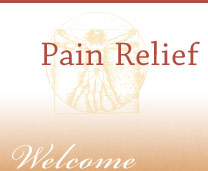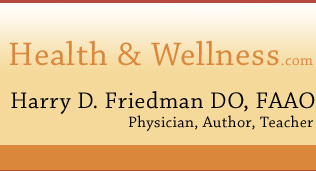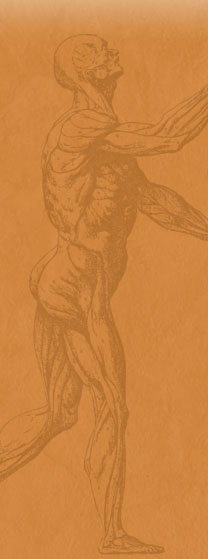 Osteopathic Approach to Patient Care and WellnessOsteophathic Principles:
Osteopathic Approach to Patient Care and WellnessOsteophathic Principles:
Osteopathic medicine has always stressed the interrelationship of the body’s multisystem functions as well as the inseparable unity of the whole person. Having its roots in the late 19th century, its founder A.T. Still M.D. inspired a medical reformation that combined medical knowledge with a holistic approach stimulating the body’s inherent capacity for health and healing. In this modern era, we are witnessing a return to the practice of medicine as an art; integrating natural and technological approaches, scientific and intuitive thinking, structural and functional therapeutics, and patient and disease focused care. Osteopathic medicine has espoused this type of approach for over 100 years with wide ranging benefits for health enhancement, peak performance and cost containment. Osteopaths in America are fully licensed physicians and employ diagnostic and treatment approaches the same as an M.D., but they offer something else…
Homeostatic control mechanisms are highly sensitized, responding with precision and power to subtle changes in biomechanical and metabolic demands. Optimal multisystem function requires the unimpeded supply of proper blood nutrients and disposal of metabolic waste products, while a balanced nervous system coordinates symphonic function of internal physiological processes. Peak performance requires not only the proper placement and coordination of each part in relation to the whole but also necessitates a unity of the whole that enhances the function of each part.
In osteopathic medicine, the precept that “the whole is greater than the sum of its parts” has definite applications for clinical assessment and management. Manual palpatory assessment can appreciate the vitality and function of the whole as well as the individual parts. Osteopathic medicine therefore uniquely cares for both the whole person and the parts that make up that person. To accomplish this, we must carefully study the structural and functional relations of the body’s inherent integrative functions because structure and function are reciprocall/related. These relationships allow for the capacity to function simultaneously as an undivided whole as well as an intricately coordinated machine. Osteopathic manipulative approaches therefore can alternatively evaluate the function of the whole or its component coordinated parts and provide treatment that enhances each.
These integrated functions bestow upon individuals the ability to regulate, repair, and express themselves fully and without compromise as long as basic physical and psychoemotional needs are satisfied. These needs are significant and can be appreciated more fully when viewed in light of the osteopathic concept.
Proper nutrition, shelter from the elements, regular exercise, socioeconomic stability, self-respect, and love are needs that are required to function optimally. Osteopathic assessment focuses on the function of processes that reflect the satisfaction of these needs through observation, palpation, and clinical problem solving.
Specifically, osteopathic assessment considers mobile functions of fluid and tissue as they relate to:
- Whole body unity; evaluating the vitality of the “bio-terrain” and inter-relationships between different body systems and parts.
- Respiratory and circulatory mechanics associated with thoracic cage and diaphragmatic function and their relationship to the movement of arterial, venous and lymphatic fluids.
- Reflexes coordinating central and autonomic nervous system functions including the motor, visceral, neuroendocrine, and immune systems.
- Three dimensional bio-mechanical configuration of connective tissue fascias and their functional responses to weightbearing stress and strain.
- The energetic capacity of the individual to respond to the complex multisystem demands of physical and psychoemotional challenges (adaptive responses).
By enhancing mobile function/related to these physiologic capacities, osteopathic medicine promotes the coordinated function of body systems and structures and the capacity of the individual to function as a vital purposeful whole.



